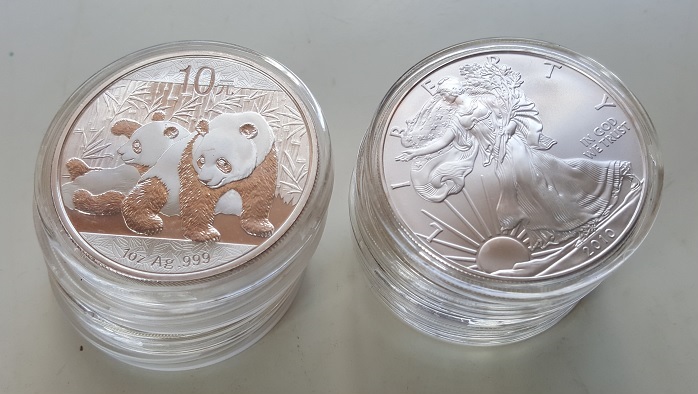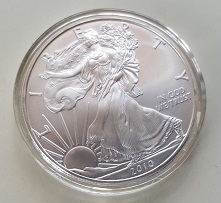
Articles
Why having silver is interesting ?
Accumulating savings is itself a worthwhile and valuable objective for everyone to prepare for an uncertain future, but saving a national currency results in the loss of purchasing power.
View them as your savings, which everyone needs whether planning for retirement, purchasing some consumer good or just being prudent for a “rainy day”.
Owning silver is useful diversifier for everyone’s portfolio. Diversification is always a good way to mitigate unpredictable outcomes and the risks from an uncertain future.They are the ultimate safe-haven and therefore an important diversifier in everyone’s portfolio.
An asset can appear overpriced while actually being good value if the currency being used to establish the price is itself losing purchasing power and overvalued. Therefore, be vigilant and understand what you are paying for in today’s currencies for tomorrow, what you have used to pay for is no longer what it was.
Silver is at multi-year lows compared to more than 5 years ago allowing investors to buy more than triple the amount they could during the highs of 2011. With the metal down from its approximate high of $49, silver bullion is showing some investment potential for appreciation. Another consideration must be the gold-to-silver ratio.
It is believed that a high gold-to-silver ratio points towards silver being an undervalued asset. This number is achieved by dividing the price of gold by the price of silver. People are taking notice of the potential as seen with the recent numbers released from the United States Mint.
Demand for silver is rising steadily as other investments like the stock market are not proving themselves. The fundamentals for silver are quite strong.
The industrial demand for silver
Silver has many industrial uses, accounting for more than half of annual demand worldwide over the last five years.
This means that economic growth can affect silver prices far more than it affects gold. Only 10-15% of annual gold demand worldwide comes from industrial use, the rest going to jewelry and investment.
Because of silver’s physical strength, brilliance, malleability and ductility (it can be squashed or pulled into shape), people have also used silver in jewelry, tableware and fine art for thousands of years. Industrial applications use silver’s conductivity (the highest of any element for electricity and heat) as well as its sensitivity to light and anti-bacterial qualities.
Today silver is invaluable to solder and brazing alloys, batteries, dentistry, glass coatings, LED chips, medicine, nuclear reactors, photography, photovoltaic (or solar) energy, RFID chips (for tracking parcels or shipments worldwide), semiconductors, touch screens, water purification, wood preservatives and many other industrial uses. Washington-based industry group the Silver Institute calls it “the indispensable metal”.
The biggest consumers of silver for industrial applications this past decade have been the US, Canada, China, India, Japan, South Korea, Germany and Russia. Over that time silver demand from older industries has faded, only to be replaced by new technological uses.
© Copyright 2024 All rights reserved

![[Most Recent Quotes from www.kitco.com]](http://www.kitconet.com/charts/metals/silver/tny_ag_en_usoz_2.gif)